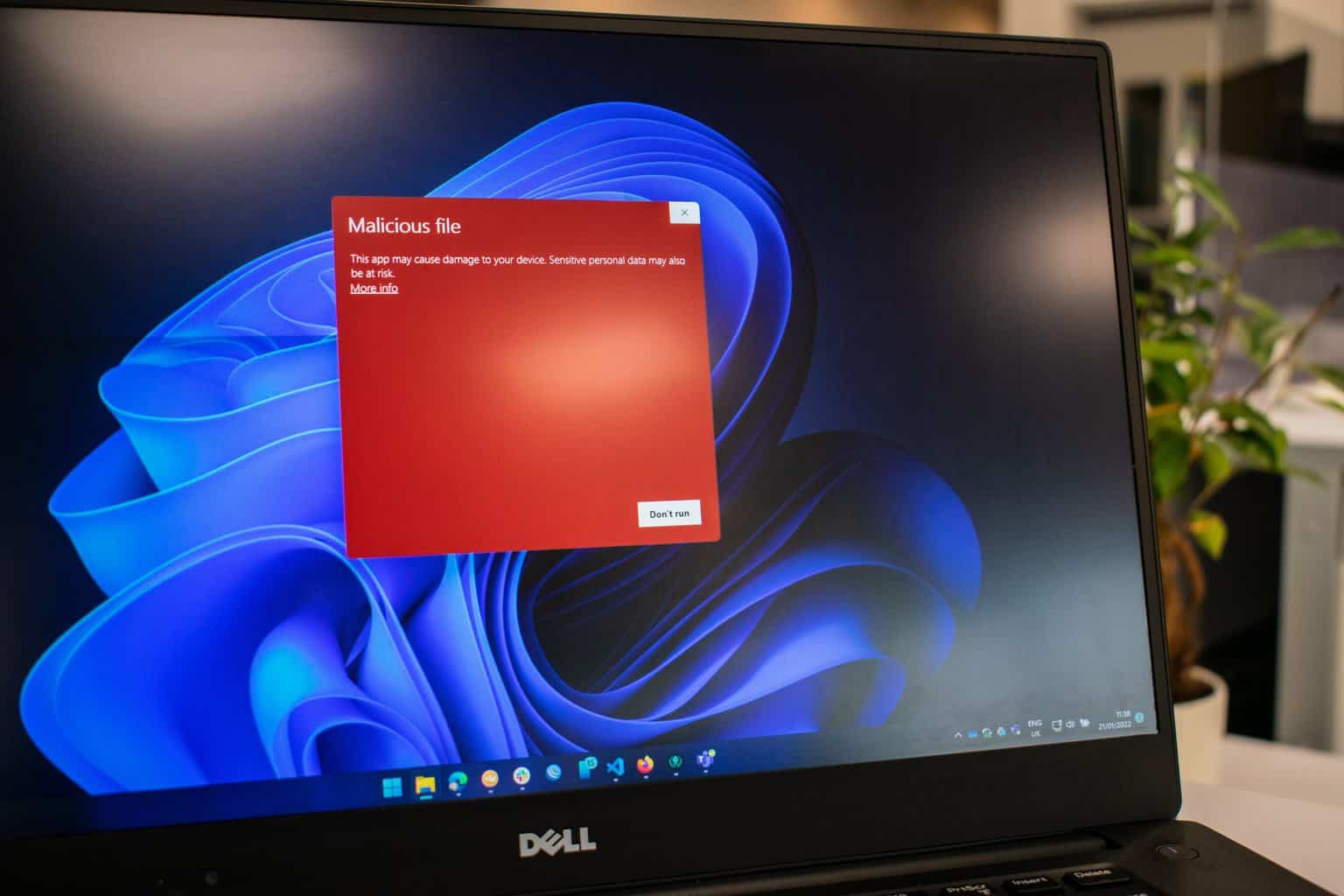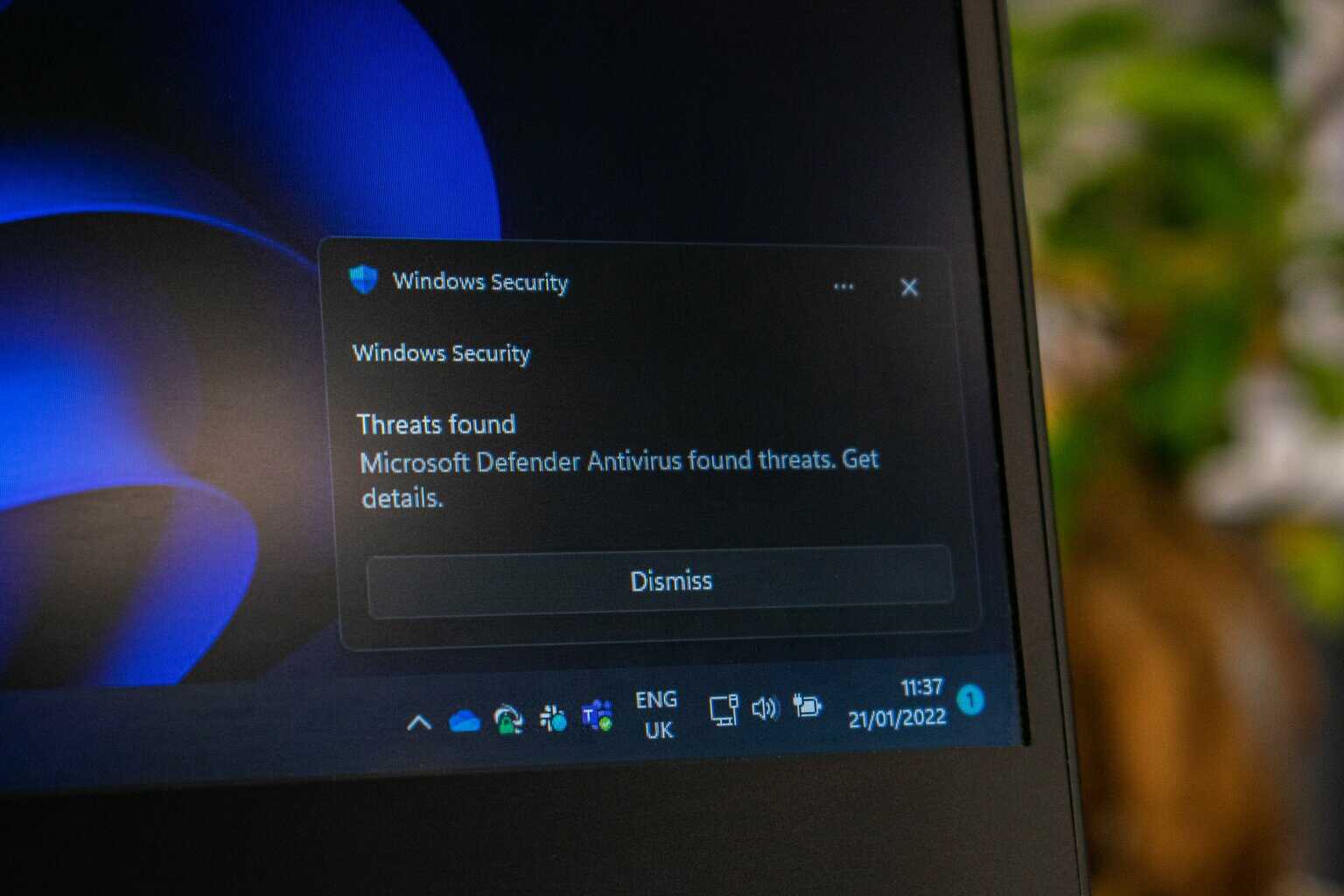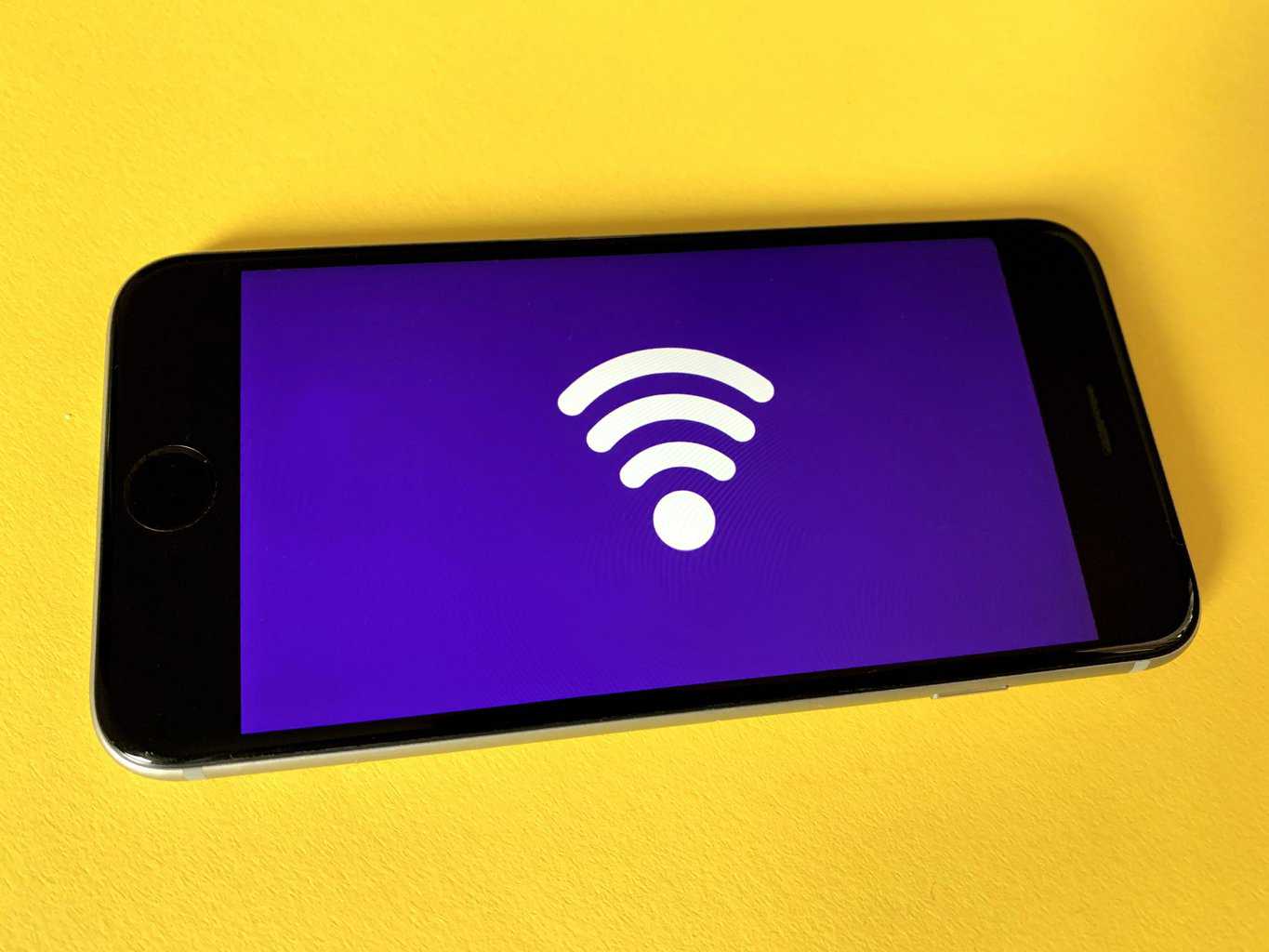
31 Mar How You Get Malware: 5 Ways Malware Creeps Onto Your Device
Malware is a growing threat to our computer systems and personal information. It can be difficult to tell when you have contracted malicious software, as it can often remain undetected until it is too late. But knowing how malware creeps onto your device is the first step in protecting yourself from cyber threats. As such, this article will outline five of the most common ways in which malware can end up on your device, so that you are aware and prepared for any potential risks.
Table of Contents
What is Malware?
One of the most significant threats to your device’s security is malware. Malware refers to software designed to damage, disrupt, or gain unauthorized access to a computer system. It can come in various forms, such as viruses, worms, Trojans, ransomware, spyware and adware.
There are several ways malware can creep onto your device. One way is through downloading attachments from suspicious emails or clicking on links that take you to malicious websites. Sometimes malware is bundled with legitimate software downloads like free media players or games. Another way is by using outdated software which may have vulnerabilities that hackers can exploit.
Malware also spreads through infected external devices like USB drives and memory cards that have been used on infected computers before being connected to yours. Lastly, unsecured public Wi-Fi networks are gateways for hackers who use specialized equipment and techniques like man-in-the-middle attacks to infect your device with malware.
To protect yourself from malware infections it’s recommended that you keep your operating system and all other applications updated regularly; use strong passwords and two-factor authentication; avoid opening email attachments from unknown sources; be cautious when clicking on links or downloading free applications online; do not connect any external devices from unknown sources without scanning them first with a reputable antivirus program; and lastly avoid using public Wi-Fi networks unless necessary.
 Way 1: Exploiting Software Vulnerabilities
Way 1: Exploiting Software Vulnerabilities
Exploiting software
is one of the most common ways malware creeps onto your device. Malware developers are always on the lookout for new and existing loopholes in software, operating systems, or applications that they can exploit to gain access to your device. These vulnerabilities are often only discovered after a malicious attack has already taken place. For example, an attacker might use a vulnerability in an outdated version of Adobe Flash Player to infect your device with malware.
In many cases, software vulnerabilities can be patched before attackers get a chance to exploit them. However, users who neglect updates put their devices at risk because these patches may not be installed automatically. It’s important to keep all of your software up-to-date and install any security patches as soon as possible.
Even if you have installed all available updates for your computer or mobile device, new vulnerabilities could still emerge in the future. As such, it’s crucial to remain vigilant and cautious when downloading files from untrusted sources or clicking on suspicious links online.
 Way 2: Phishing/Social Engineering
Way 2: Phishing/Social Engineering
Phishing social engineering is one of the most common ways that malware can enter your device. This technique uses email, phone calls, or messages with a fake identity to trick you into revealing sensitive information such as passwords, credit card details, or other personal data that cybercriminals use for their gain. The goal of phishing attacks is to make you think that the message is legitimate and urgent enough for you to act immediately. Recognizing the pervasive threat of phishing, organizations are increasingly prioritizing cybersecurity by implementing phishing training programs. These initiatives empower individuals with the knowledge and skills to identify and thwart phishing attempts, fostering a proactive defense against this ever-evolving cyber threat.
When you click on a link or download an attachment from a phishing message, you may unknowingly install malware onto your device. Cybercriminals can also use these techniques to take over your accounts and steal your personal information. To avoid falling victim to phishing scams, always be cautious when receiving unsolicited messages and never reveal any sensitive information without verifying the identity of the sender.
It’s important not only to be aware but also prepared when it comes to dealing with phishing social engineering tactics. Regularly backing up all essential data and using reputable security software can help protect yourself from potential threats online. Remembering what steps not to take will help ensure that malware doesn’t find its way onto your device through this method of attack.
 Way 3: Drive-by Downloads
Way 3: Drive-by Downloads
Drive-by downloads are another common way that malware can find its way onto your device. This type of attack involves a user visiting a website that has been compromised or contains malicious code. Often, these websites contain legitimate content but have hidden code that is designed to exploit vulnerabilities in the user’s browser or operating system.
Once the user visits the site, the malicious code is downloaded onto their device without their knowledge or consent. In some cases, users may be prompted to download a file that appears harmless but actually contains malware. Drive-by downloads can also occur through email attachments or links in phishing emails.
To prevent drive-by downloads, it is important for users to keep their software and operating systems up-to-date with the latest security patches and updates. Additionally, using antivirus software and being cautious when clicking on links or downloading files can reduce the risk of falling victim to this type of attack.
 Way 4: Infected Removable Media
Way 4: Infected Removable Media
Another way malware can infect your device is through infected removable media. This includes USB drives, external hard drives, CDs and DVDs. When you connect an infected removable media to your computer, the malware on it can spread to your device without your knowledge.
One common way that malware spreads through removable media is through autorun.inf files. These files are designed to automatically run a program or script when the drive is inserted into a computer. Cybercriminals can create malicious autorun.inf files that launch malware onto your system as soon as you connect the infected media.
To prevent this type of infection, it’s important to always scan any removable media for viruses before using them. You should also disable autoplay on your computer and avoid inserting unknown or untrusted devices into your computer. If possible, use encrypted USB drives for sensitive information transmission to avoid data breaches in case of loss or theft of those devices.
 Way 5: Unsafe Network Connections
Way 5: Unsafe Network Connections
In today’s digital age, we are always connected to the internet. Whether it be through our homes or public Wi-Fi hotspots, we often take advantage of these networks without considering their security. However, connecting to an unsecured network can put your device at risk of malware infection.
When you connect to a public Wi-Fi network, you leave yourself open to potential attacks from hackers who may have set up a fake access point in order to steal your personal information. This is known as a ‘man-in-the-middle’ attack and can easily compromise your sensitive data.
To protect yourself from such attacks, it is crucial that you only connect to secure networks with strong passwords and encryption settings. Alternatively, consider using a virtual private network (VPN) which will encrypt all internet traffic between your device and the VPN server, ensuring that no one can intercept or view your online activity.
Conclusion: Stay Aware & Protected
In conclusion, it’s important to stay aware and protected against malware. Malware can cause serious damage to both your personal and professional life. One of the most effective ways to protect yourself is by installing reputable antivirus software on all of your devices. This software will detect, prevent, and remove any malicious programs that attempt to infiltrate your system.
Another way to stay protected is by being mindful of the websites you visit and the links you click on. Malware often hides in seemingly harmless websites, emails, or downloads. Therefore, it’s important to always double-check sources before clicking on anything suspicious.
Finally, staying educated about current threats and developments in cybersecurity can help you stay vigilant against potential attacks. Regularly reading cybersecurity blogs or attending webinars can be a great way to keep informed about new threats and how best to protect yourself from them. By following these tips, you can minimize your risk of falling victim to malware attacks and keep your sensitive information safe from harm.



No Comments